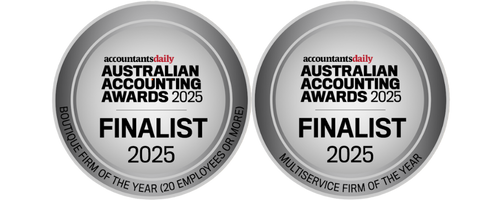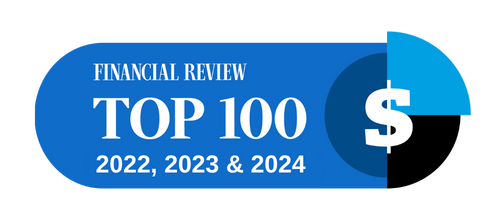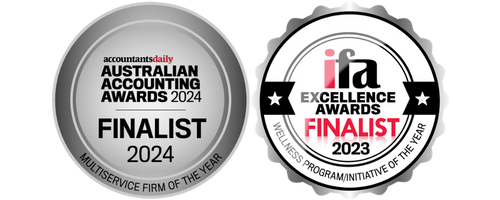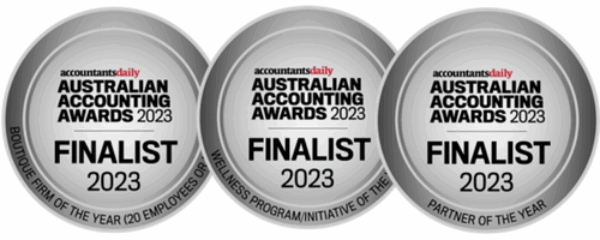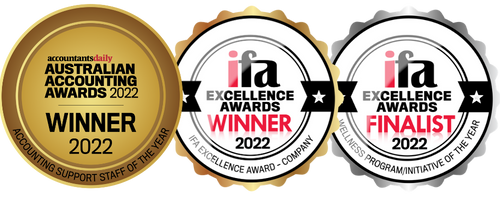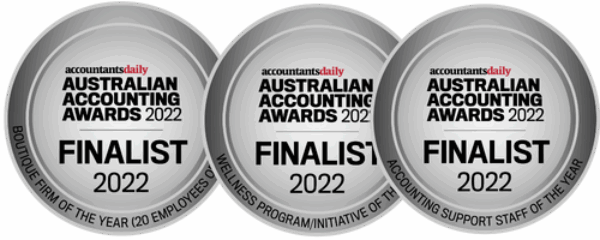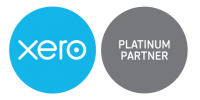The superannuation and finance industry is going through some interesting times at present – the Royal Commission, property market peaking in this cycle, a watching brief on interest rates and a share market trying to find direction.
As many of our clients know (and have experienced) investment cycles come and go. The task is to stay focused and have a plan for your investments. Superannuation provides an effective structure for some of your investments and where possible you should continue to contribute to superannuation. These regular contributions and regular reviews of your investment plan is what helps to create wealth in the long term.
We’ve put together an update of some key changes in superannuation from July 1 2018 for you below.
Contribution Cap Limits 2018-2019
- The maximum allowable concessional (tax deductible) contribution amount (CC) is $25,000 per person. Under the new rules, an employee can now “top up” the superannuation paid by their employer up to a combined total of $25,000 (that is your contributions and your employers combined). Employees can top up by making a personal concessional contribution in their own name.
- While non-concessional contributions (NCC) are not tax deductible, these contributions are important if cash flow permits as they are a great way to save using a tax effective structure. The maximum allowable NCC is $100,000 per person, per year but note, if you are under 65 years of age (and do not already have $1.6m or more in superannuation) you can use the “bring forward 3 year” rule to contribute up to $300,000 in a year.
- Under the new work test rule, if you are aged 65 to 74 years in order to make a CC and/or NCC you must work for at least 40 hours in a 30 day consecutive period in the year the contribution is made.
- No contributions are allowed for any person aged 75 years and over, except for the Superannuation Guarantee Contribution (SGC).
- The SGC of 9.5% now requires employers to pay the SGC for any employee if aged over 75 years .
- If you have a salary sacrifice arrangement with your employer then you need to ensure the total contributions (SGC + salary sacrifice contributions) do not exceed $25,000 in the financial year.
- Excess SGC: As from 1 July 2018, an individual whose income exceeds $263,157 and who has multiple employers can nominate that their wages from certain employers are not subject to the SGC. This will avoid the employee being penalised and having to pay excess contribution tax.
Transfer Balance Cap
From 1 July 2017 members of superannuation funds entered a new regime know as the “Transfer Balance Cap”.
The cap is currently for total superannuation benefits of $1.6m or more. Where an individual has superannuation benefits from all their Funds exceeding $1.6m then the only contributions they can make are concessional contributions (to a limit of $25,000 pa), provided they are aged 65+ and they also pass the work test.
The cap means that while there is no upper limit to what a person can have in their superannuation fund, the maximum amount of superannuation benefits they can have in pension mode within the Fund is limited to $1.6m (and this cap will be increased over the years). The earnings on this pension mode component of the Fund will be tax exempt (and franking credits refunded). Any superannuation benefits of the Fund in excess of $1.6m will be in the accumulation mode component and the income on the earnings from this component will be taxed at 15% (less franking credits).
Transfer Balance Account Reporting
As we have become accustomed, the ATO likes to collect information about us. For example, what bank interest we receive, what dividends we receive, what vehicles we buy and sell, what real estate we buy and sell. Now the ATO wants to know on a regular basis what money we have in superannuation. As from 1 July 2018 superannuation funds will now need to lodge with the ATO a Transfer Balance Account Report (TBAR). This new report is in addition to the annual SMSF return which we lodge annually on behalf of our SMSF clients.
The TBAR is a way of reporting certain events that occur within a Fund during a period and also reporting the amounts involved so the ATO can monitor a person’s Transfer Balance Cap. This way they can make sure the person’s pension benefits do not exceed $1.6m and if they do, that corrective action is taken to stay within the cap otherwise the ATO will issue penalties to the Fund. The events that must be reported include:
- A new pension starts – this can occur for many members, especially aged 60+, when the previous year’s contributions are transferred from accumulation mode to pension mode in the next year to take advantage of the tax exemption of earnings.
- A transition-to-retirement pension becomes a retirement phase pension – for most members when they reach age 65 years.
- Some or all of an existing retirement phase pension stops – for example when a member commutes part or all of the pension to take out a lump sum, again usually when aged 65+.
- The pension is transferred to another person because their spouse has died.
The TBAR is required quarterly or annually…
- Annual TBAR Lodgement if every member of the Fund has total superannuation benefits less than $1.0m.
- Quarterly TBAR Lodgement for all other funds where at least one member has total superannuation benefits greater than $1.0m. Many Funds will need to lodge a Nil quarterly report, but nevertheless the report must be lodged by the due date. The first lodgement date is 28 October, 2018.
Walshs will be liaising with our SMSF clients to monitor the events and reporting requirements.
Record Keeping
As we say goodbye to 2017-2018 and welcome in 2018-2019 it is a good time to review what records we need to keep.
As a guide for you…
- 5 years – the fund’s accounting records (bank records, dividends and interest income details, other financial transactions, etc), annual returns
- 10 years – minutes of meetings, details of changes of members and trustees, member reports, acquisition and sale of assets, loans to members or associates.
Pensions
A reminder that if a member is in pension mode that it is important the member is paid at least the minimum pension amount (based on age) each year otherwise the ATO will classify the Fund as in accumulation mode and all the Fund’s income will be taxed at 15%.
If the member is in transition-to-retirement mode, then the pension amount paid for the year must be at least the minimum allowed and cannot exceed 10% of the total benefits.
Downsizing Your Home
As from 1 July 2018 individuals have the opportunity to contribute up to $300,000 each from the sale of their main residence. The basic rules to be eligible for this opportunity are:
- you or your spouse have owned the home for a continuous period of at least 10 years, you are 65 or older and the contract for sale occurs after 1 July 2018.
- The “downsizer” contributions can be made even if a person has exceeded the transfer Balance Cap of $1.6m, is not tax deductible, and will be taken into account for determining eligibility for the age pension.
Please do not hesitate to contact our superannuation team if you have any queries on superannuation changes.
As this advice is general in nature please do not hesitate to contact one of our adviser accountants or financial planning advisers if you have a query that is specific to your circumstances.




